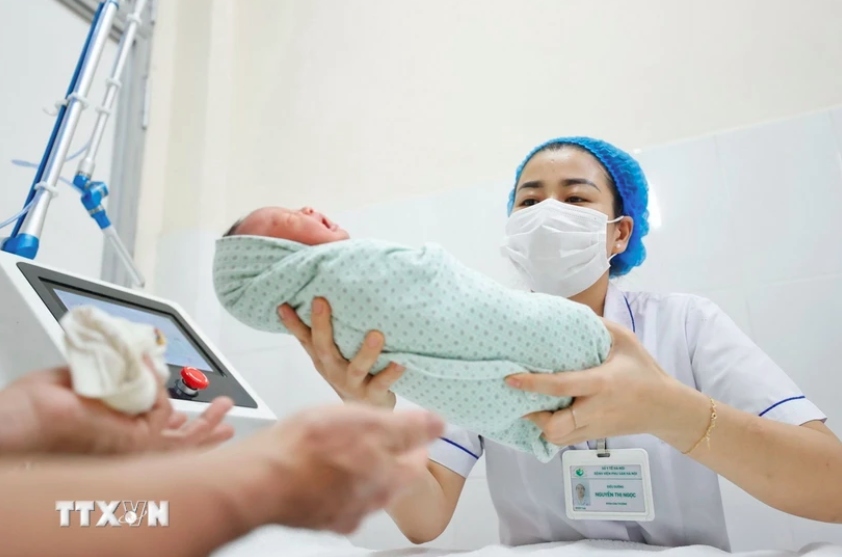Birth rate continues declining in HCM City
The average fertility rate per woman of childbearing age in Ho Chi Minh City has decreased to 1.32 from last year’s 1.42, the HCM City Department of Health said on July 8.

With the current pace of birth rate decrease, HCM City is among 21 centrally-governed provinces and cities in Vietnam experiencing low birth rates.
This worrying trend will lead to consequences such as rapid population aging, labor shortages, and implications for social welfare, amidst the city’s ongoing economic growth and high urbanization rate.
Experts have attributed the decline to factors like workplace pressures, economic strains, and the increasingly huge costs of raising children.
Many prioritize personal advancement over parenthood, fearing potential job loss or missed career opportunities due to childcare responsibilities.
Authorities in HCM City have highlighted the city’s demographic shift towards an aging population, with over 1.1 million residents aged over 60, 12.5% of the population. This marks an increase from last year’s 11%, reflecting a rapid aging trend driven by low birth rates, decreasing mortality rates, and extended life expectancies.
To address this issue, HCM City authorities have launched initiatives such as public campaigns, seminars, and expert talks to raise awareness about the impact of low birth rates and explore potential solutions.
Over the past two decades, HCM City’s birth rate has fluctuated between 1.24 and 1.7, consistently below Vietnam’s replacement fertility rate of 2 to 2.1 children per woman.

